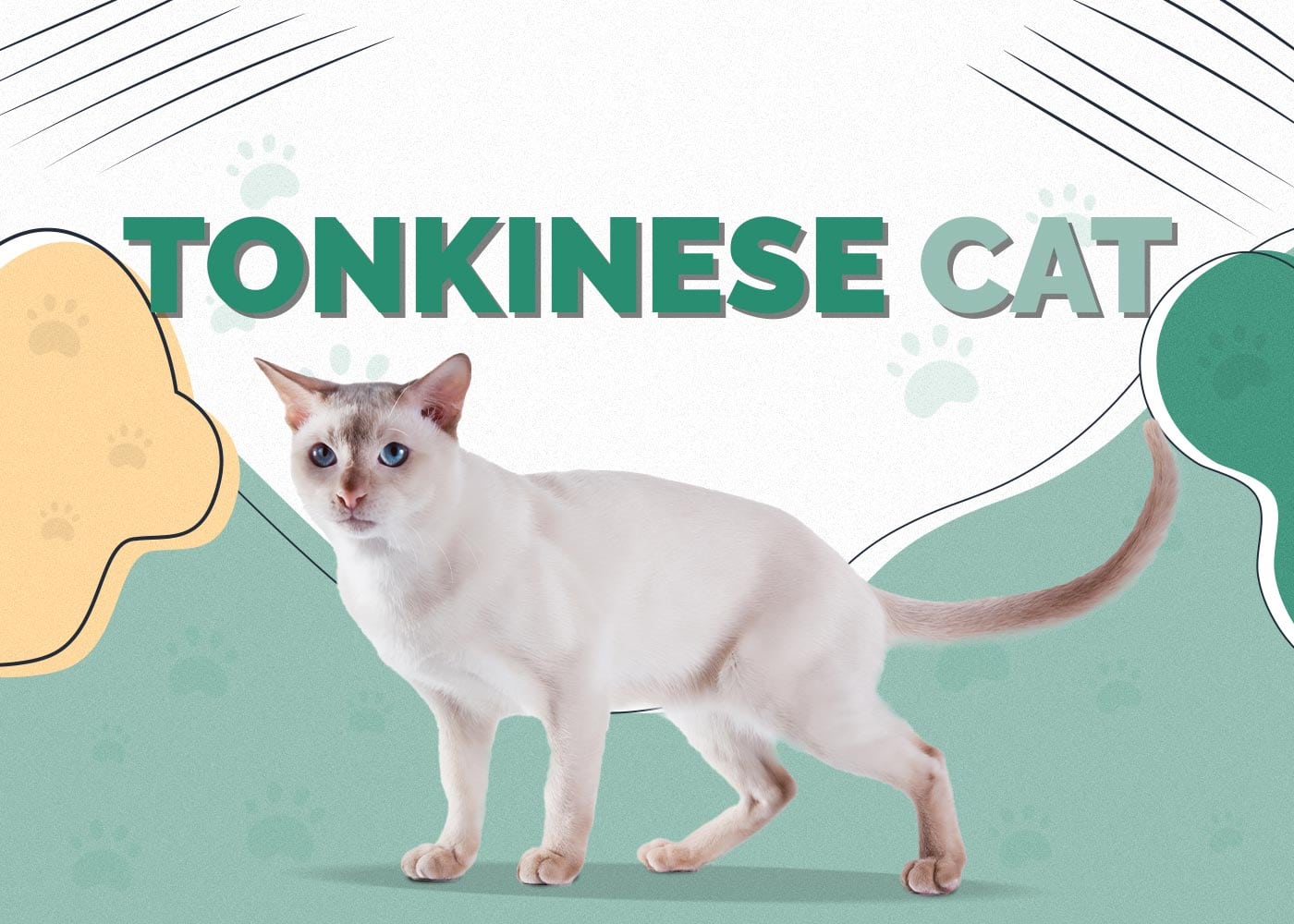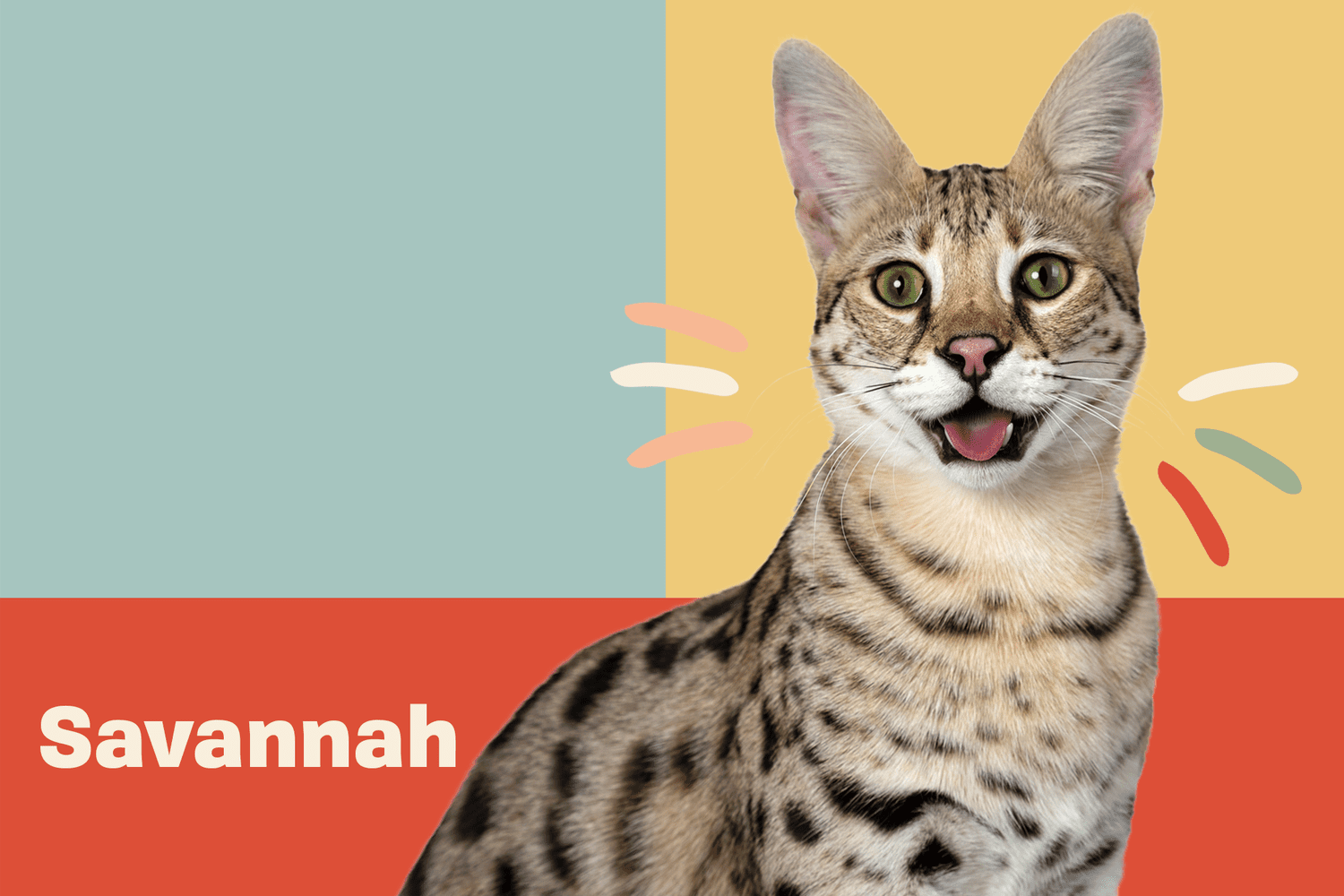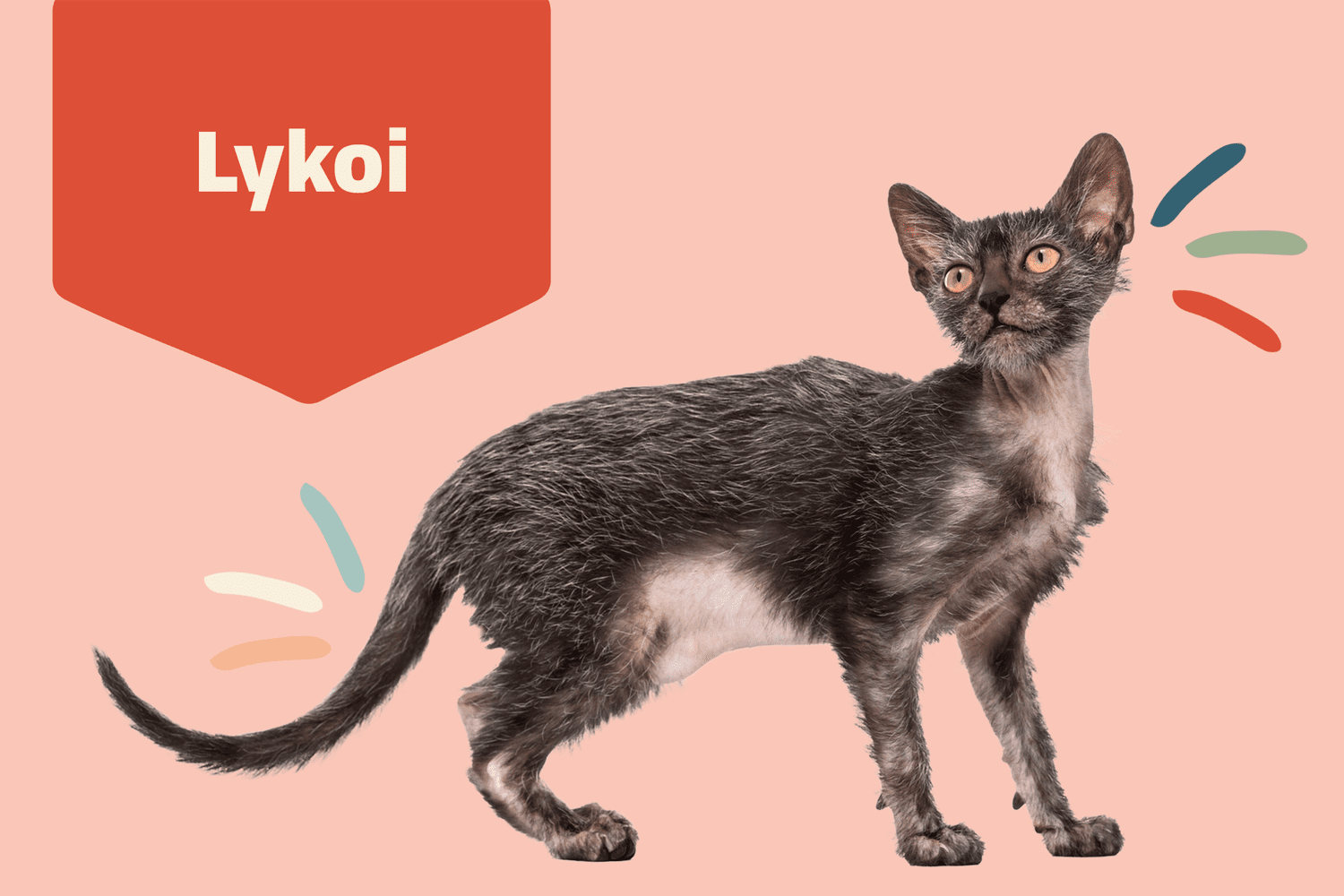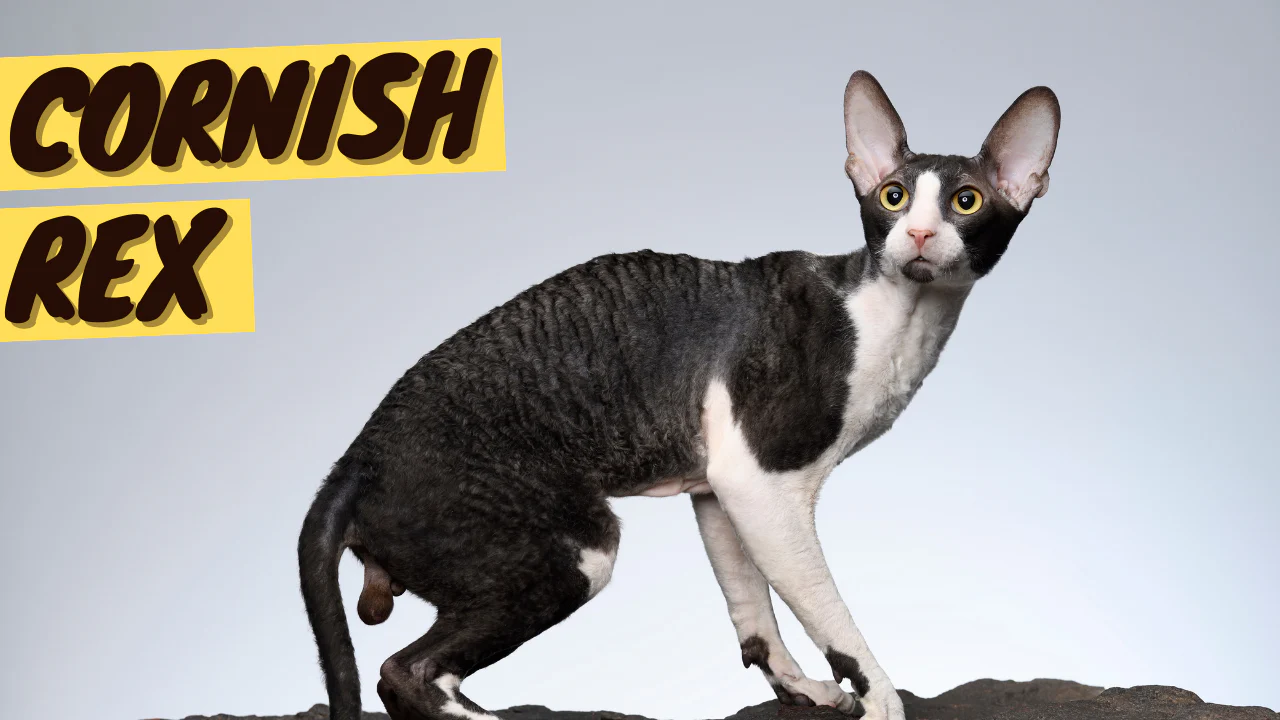Tonkinese Cats: The Playful Charmer – Complete Guide, Personality, Training, Care, and Price
Introduction: A Unique Blend of Elegance and Energy
The Tonkinese cat is a captivating breed known for its stunning appearance, affectionate nature, and lively personality. Bred from the Siamese and Burmese cats, the Tonkinese is a perfect blend of the best traits of both parents: intelligence, charm, playfulness, and a touch of mischief. With their hypnotic aquamarine eyes and silky coats, these cats are not only beautiful but also highly social companions that thrive on interaction.
This comprehensive 1500+ word guide will walk you through everything you need to know about Tonkinese cats — from their profile and personality traits to how to train, care for, and choose one. We’ll also cover their pros and cons, pricing, and tips for new owners.
Breed Profile at a Glance
| Feature | Details |
|---|---|
| Breed Name | Tonkinese |
| Origin | United States and Canada |
| Ancestry | Siamese × Burmese |
| Lifespan | 12–16 years |
| Weight | 6–12 lbs (2.7–5.4 kg) |
| Coat | Short, soft, silky |
| Coat Colors | Champagne, natural, platinum, blue |
| Eye Color | Aqua, green, or gold |
| Personality | Playful, loving, vocal, intelligent |
| Good with Children | Yes |
| Good with Pets | Yes |
| Energy Level | High |
Personality and Temperament
Tonkinese cats are often described as the “life of the party” in the feline world. They love to be the center of attention and enjoy socializing with both people and other pets. They’re known for their:
- Affectionate nature: Tonkinese cats form deep bonds with their owners.
- Sociability: They dislike being alone and often follow you from room to room.
- Curiosity: Always exploring, climbing, and observing.
- Vocality: While not as loud as Siamese cats, they do “talk” and make their presence known.
- Playfulness: Even as adults, Tonkinese cats maintain kitten-like energy.
If you’re looking for a lap cat who will also join you in games of fetch or chase, the Tonkinese is a perfect choice.
Physical Characteristics
- Body: Medium-sized, muscular, and athletic.
- Head: Slightly rounded wedge shape with high cheekbones.
- Eyes: Large, almond-shaped with an expressive look.
- Coat: Silky, low-shedding, and short.
- Color Points: A mix between the Siamese contrast and Burmese solid; often called “mink.”
Their graceful build and unique coat colors give them a refined yet approachable look.
How to Choose a Tonkinese Cat
When selecting a Tonkinese cat or kitten:
1. Find a Reputable Breeder
Look for breeders who are registered with organizations like CFA or TICA and can provide:
- Health certificates
- Genetic screening for hereditary diseases
- Socialization with humans from a young age
2. Observe Behavior
Choose a kitten that is curious, sociable, and responsive to touch and sounds. Avoid kittens that appear overly shy or aggressive.
3. Ask About Parent Cats
Meeting the kitten’s parents gives insight into expected personality and health.
4. Check for Health Issues
Healthy Tonkinese kittens should have:
- Bright, clear eyes
- Clean ears
- No signs of respiratory issues
- Shiny coat
Training a Tonkinese Cat
Tonkinese cats are highly intelligent and responsive to training. Here’s how to train them:
Basic Training Tips
- Litter Training: Start young. Tonkinese kittens usually catch on quickly.
- Clicker Training: Use positive reinforcement to teach commands like “sit,” “stay,” or even tricks.
- Leash Training: Many Tonkinese cats enjoy leash walks if trained early.
Behavioral Guidance
- Discourage Biting and Scratching: Use toys for play and redirect behavior.
- Avoid Punishment: Use redirection and positive methods. Harsh treatment can damage trust.
Tonkinese cats are emotionally intelligent and react best to kindness and consistency.
Caring for a Tonkinese Cat
Although they have minimal grooming needs, Tonkinese cats still require regular care:
1. Grooming
- Brushing: Weekly brushing with a soft brush helps remove loose hairs and distributes skin oils.
- Bathing: Not usually needed unless they get dirty.
2. Nutrition
- High-quality cat food (wet or dry)
- Ensure proper hydration
- Avoid overfeeding — they can gain weight quickly due to their love for treats
3. Exercise and Enrichment
- Provide cat trees, tunnels, and interactive toys
- Schedule daily playtime to stimulate both body and mind
4. Healthcare
- Regular vet check-ups
- Vaccinations and deworming
- Dental care: brush teeth weekly and offer dental treats
5. Companionship
Tonkinese cats crave company. Consider adopting two cats or ensure you’re frequently home. Leaving them alone for long hours may lead to anxiety or destructive behaviors.
Common Health Issues
Generally healthy, Tonkinese cats can still be prone to:
- Gingivitis and dental disease
- Respiratory issues (in kittens, typically resolve with age)
- Hereditary conditions like Progressive Retinal Atrophy (PRA) or heart conditions
Routine veterinary visits are key to early detection and prevention.
Pros and Cons
✅ Pros
- Extremely affectionate and sociable
- Intelligent and easy to train
- Suitable for families and multi-pet homes
- Low-shedding and easy to groom
- Long lifespan with proper care
❌ Cons
- Needs constant attention – not ideal for people away often
- Can become vocal if ignored
- May develop separation anxiety
- Not suited for owners looking for an independent pet
- Can be mischievous without proper stimulation
Price and Costs
Initial Cost
- From Breeder: $800 – $1,500 depending on lineage, location, and registration
- Adoption (Rescue): $100 – $300
Ongoing Expenses
| Item | Monthly Cost (USD) |
|---|---|
| Food & Treats | $30 – $60 |
| Vet Visits | $20 – $40 (avg. monthly) |
| Grooming Supplies | $10 – $20 |
| Toys & Enrichment | $15 – $30 |
| Pet Insurance (optional) | $20 – $40 |
Total Monthly Estimate: $95 – $190
Final Thoughts: Is the Tonkinese Cat Right for You?
The Tonkinese cat is an ideal companion for individuals or families who want an intelligent, affectionate, and interactive pet. If you’re home often, enjoy cat conversations, and want a furry friend that acts like a puppy in a cat’s body, the Tonkinese is an excellent choice.
However, they do demand time, attention, and mental stimulation. Owners who cannot provide consistent companionship may want to consider a more independent breed.
Quick Summary
| Trait | Rating (★ out of 5) |
|---|---|
| Affection | ★★★★★ |
| Trainability | ★★★★★ |
| Grooming Needs | ★★☆☆☆ |
| Energy Level | ★★★★★ |
| Social with Other Pets | ★★★★★ |
| Good for Apartments | ★★★★☆ |




